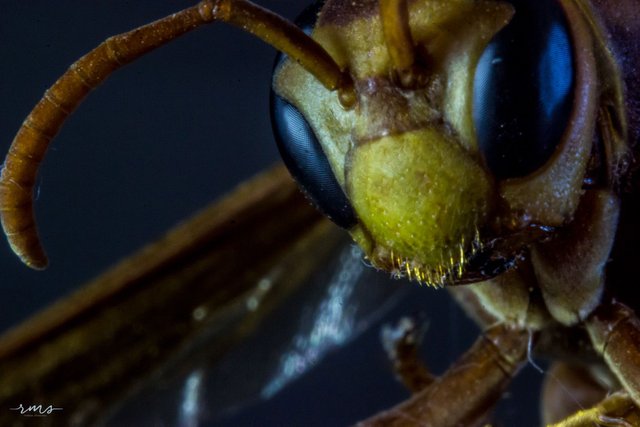Macro Photography
I am going to show a couple of pics of macro photography that I have done, explaining how they are done. Hope this helps and encourages more and more people to explore the mysteries of the macro world.
Firstly, Macro photography, what is it??

According to a quick search on google : producing photographs of small items larger than life size.
Boom!!!
Not much more to say. Basically you're trying to capture really small objects.
Macro photography can be quite complex and also requires a good amount of patience.
I'm going to briefly describe the process I went to to capture these images with my particular equipment.
I have a Canon T3i and I used a 24mm macro lens.
I have a reverse ring adapter. (costs about $50 USD). This gadget literally allows you to put your lens in backwards!!! The results?? Great magnification without loosing image quality! You can do this with basically any DSRL lens.
Intervalometer. (Costs about $15 USD) To avoid shaking the camera while shooting. Any movement in the macro world is too much. If you don't want to spend the $15 USD you can program your camera to shoot with a self timer.
A tripod
Light Source and a sheet of white paper: The paper is used to cover the light source so you can difuminate the light and it doesn't saturate your image.
Subjects: For this I just went on looking for dead bugs. You can see they are relatively dirty so the overall quality of you work is greatly impacted. At this scale any spec of dust is visible. I'm currently thinking of buying some insects online hoping they come impeccably clean. I've also been experimenting with removing most of the dust particles with static electricity. If any one has a solution for this issue please let me know!
Shooting:
f: 18-22
ISO 100-800
Shutter speed: X
Generally because it is macro photography you want to have a considerably closed aperture, to have as much depth of field as possible. f 18-22. Because of this, you most likely will be needing longer exposure times. If your object is static, that is not a problem. I always try to keep the ISO as low as possible but it will definitely have to do with the amount of light there is available in the scene and the results you want to achieve. I normally try to stay under 800.
Here are some examples of the results you can obtain using these specific characteristics. Hope It helped and that you enjoyed.


Great photographs. I myself film insects alive. Depending on the camera and the available light you can go higher than ISO 800. I have no experience removing dust, but with live insects you don't have that problem.
Very true!! @gardenbsquared I just haven't had the luck to find a model that's willing to pose for me. I'm sure he will soon.
And definitely if your subject is not static you'll have to play with the settings.
Thanks for your comments!
Congratulations @rmstimelapse! You received a personal award!
You can view your badges on your Steem Board and compare to others on the Steem Ranking
Vote for @Steemitboard as a witness to get one more award and increased upvotes!